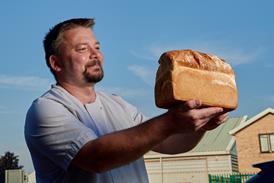The science of salt
With the recent publication of new targets for sodium reduction in processed foods, salt (sodium chloride) remains at the top of the bakers’ list of product quality concerns.
To continue reading, register for free
You are what you read, registration is quick, easy and free. Just click register now and you’ll be finished faster than it takes you to butter a crumpet!
Don’t miss out:
- Unlimited access to content
- Regular newsletters to your inbox
- Save articles to read later on
- A more personalised experience
Already registered? Please log-in here


















